Fair Trade and the Sustainable Development Goals
What is an SDG?
The United Nations’ Sustainable Development Goals (SDGs) are a call for action by all countries to promote prosperity while protecting the planet. Adopted in 2015, the 17 SDGs form the core of the UN’s 2030 Agenda for Sustainable Development—a shared blueprint aimed at achieving these ambitious goals by the year 2030. Fair Trade USA™ standards are aligned to promote direct and meaningful impact within six of these SDG areas*, as outlined below.
What is the Purpose of SDGs?
The purpose of SDGs are to tackle a wide array of global challenges, such as poverty, inequality, climate change, environmental degradation, peace, and justice. In the realm of Fair Trade, the SDGs are intricately connected to the overarching goals of fairness, equity, and sustainable development in international trade systems. These goals align with the principles of Fair Trade to promote economic, social, and environmental integration, advance gender equality, ensure decent work for all, and foster robust global partnerships, among other objectives.
How Fair Trade Supports the SDGs and Your Bottom Line
Fair Trade Certification actively supports the 2030 Agenda for Sustainable Development, which outlines the 17 SDGs. By sourcing Fair Trade Certified products, businesses are directly contributing to progress on multiple SDGs. This alignment not only strengthens sustainability commitments but also builds consumer trust and competitive advantage. For producers, Fair Trade helps fund critical community projects that improve education, healthcare, and environmental resilience, all in support of the broader agenda for sustainable development. Together, businesses and producers become partners in achieving a more just and sustainable global economy.
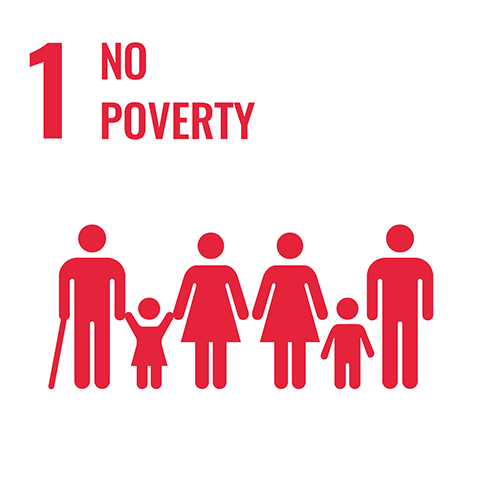
This goal is central to our mission. Despite global economic growth and progress in poverty alleviation initiatives, roughly 10 percent of the world’s population or 734 million people live on less than $1.90 per day. Farmers, fishers, and workers around the world are among those most vulnerable to market volatility and the ensuing cycle of poverty. While Fair Trade Certification alone cannot claim to end poverty, several core components of our program move workers, their families, and their communities farther from the poverty line and blunt the negative impacts of poverty inherent to the lives of farmers, workers, and fishers around the globe.
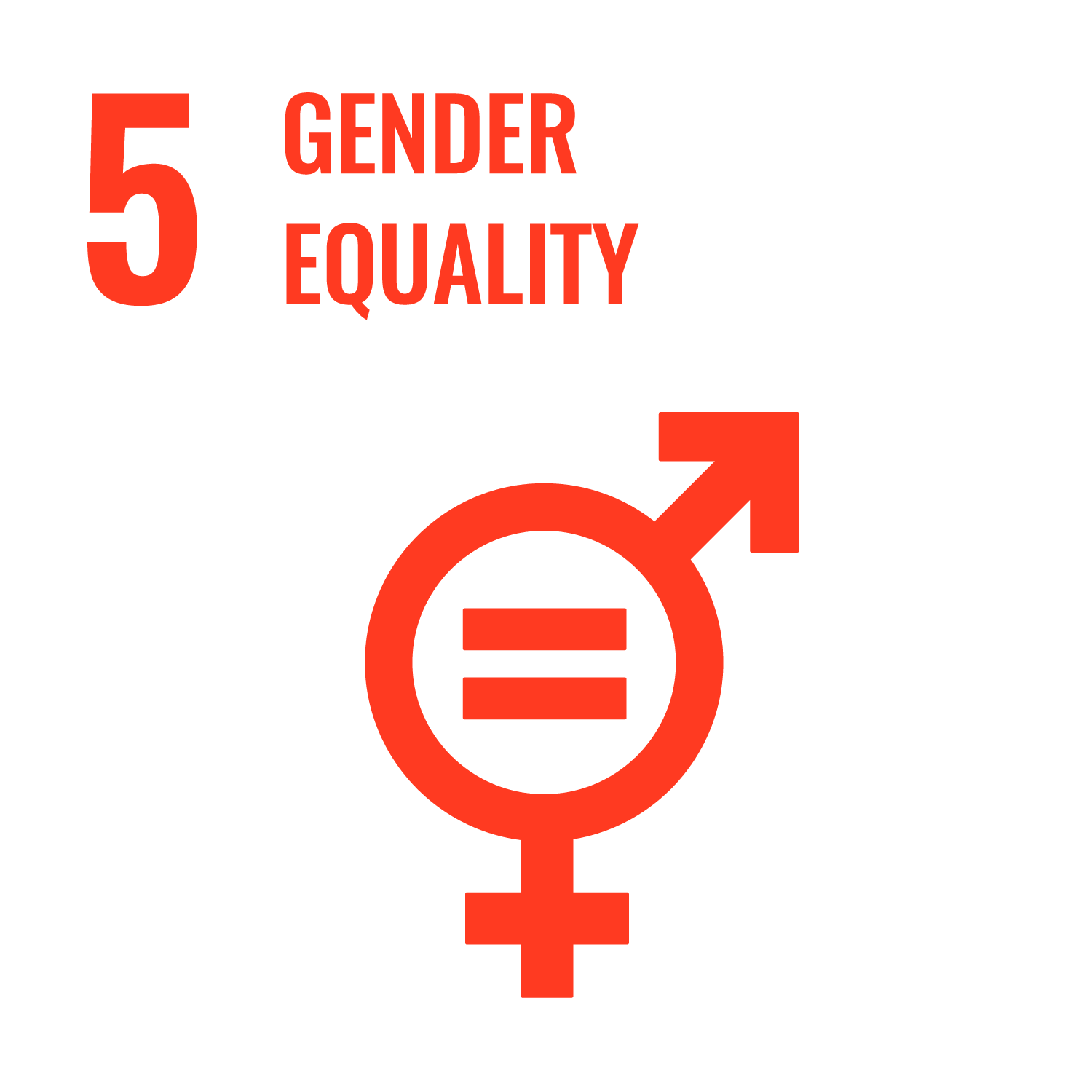
Woven throughout all Fair Trade standards is our commitment to sustainable development and ensuring that women in communities and workplaces receive equal share in the benefits of their work. That includes ensuring not just equal pay, but also equal representation in leadership and decision making power regarding the investment of Community Development Funds. Our standards also contain explicit requirements for workplace policies around sexual harassment and discrimination, which can disproportionately affect women.
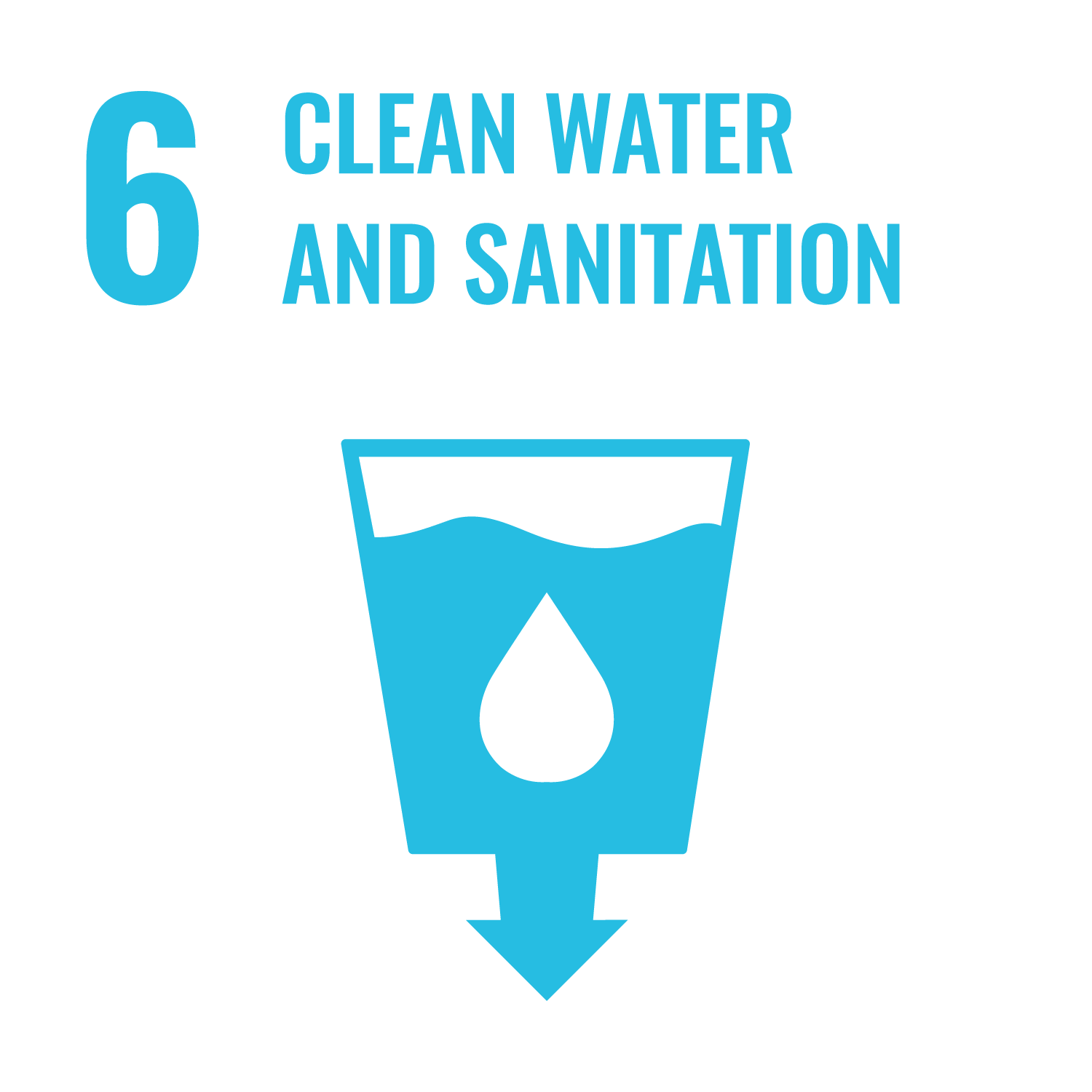
In rural and underserved areas around the world, lack of access to clean water and sanitation facilities results in millions of deaths each year, as well as lost wages and productivity from illness. Despite progress, hundreds of millions of people still lack regular access to safe drinking water, and more than 2 billion live in countries experiencing high water stress. Climate change could cause these numbers to actually increase over time. Fair Trade standards require that workers have access to clean water and adequate sanitation facilities at least in the workplace. If housing is provided by an employer, the same protections will exist in the home as well.
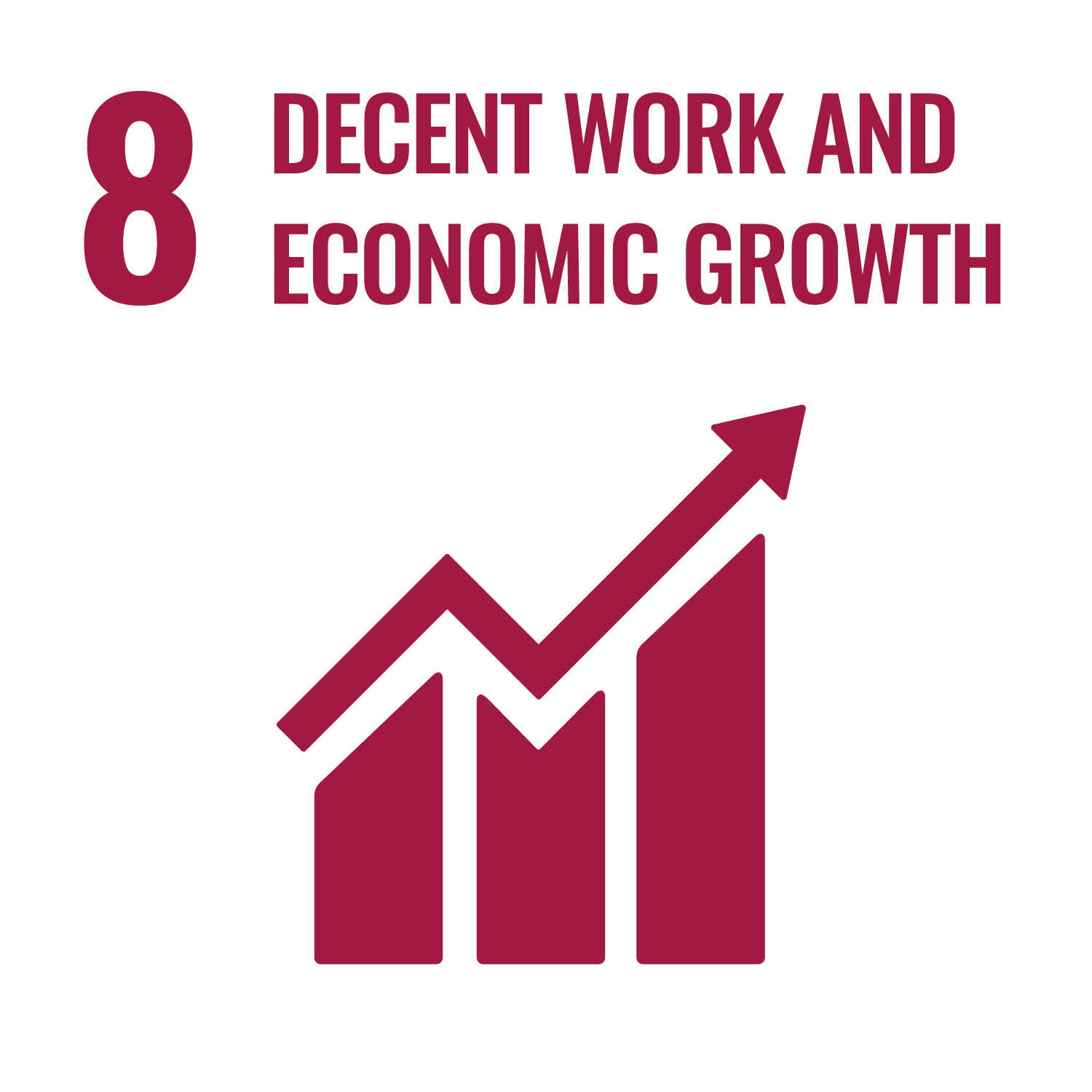
Global economic growth of the past decade has not effectively translated to greater economic opportunity for all workers. In many cases, their economic prospects have worsened. Producers at the source of our supply chains are often the most vulnerable to abuse and exploitation from employers. Where labor laws do exist, they often are not enforced in a way to protect these workers. Aligned with our principles of sustainable development, Fair Trade standards help to ensure that workers are safe and able to share in the benefits of global economic growth.
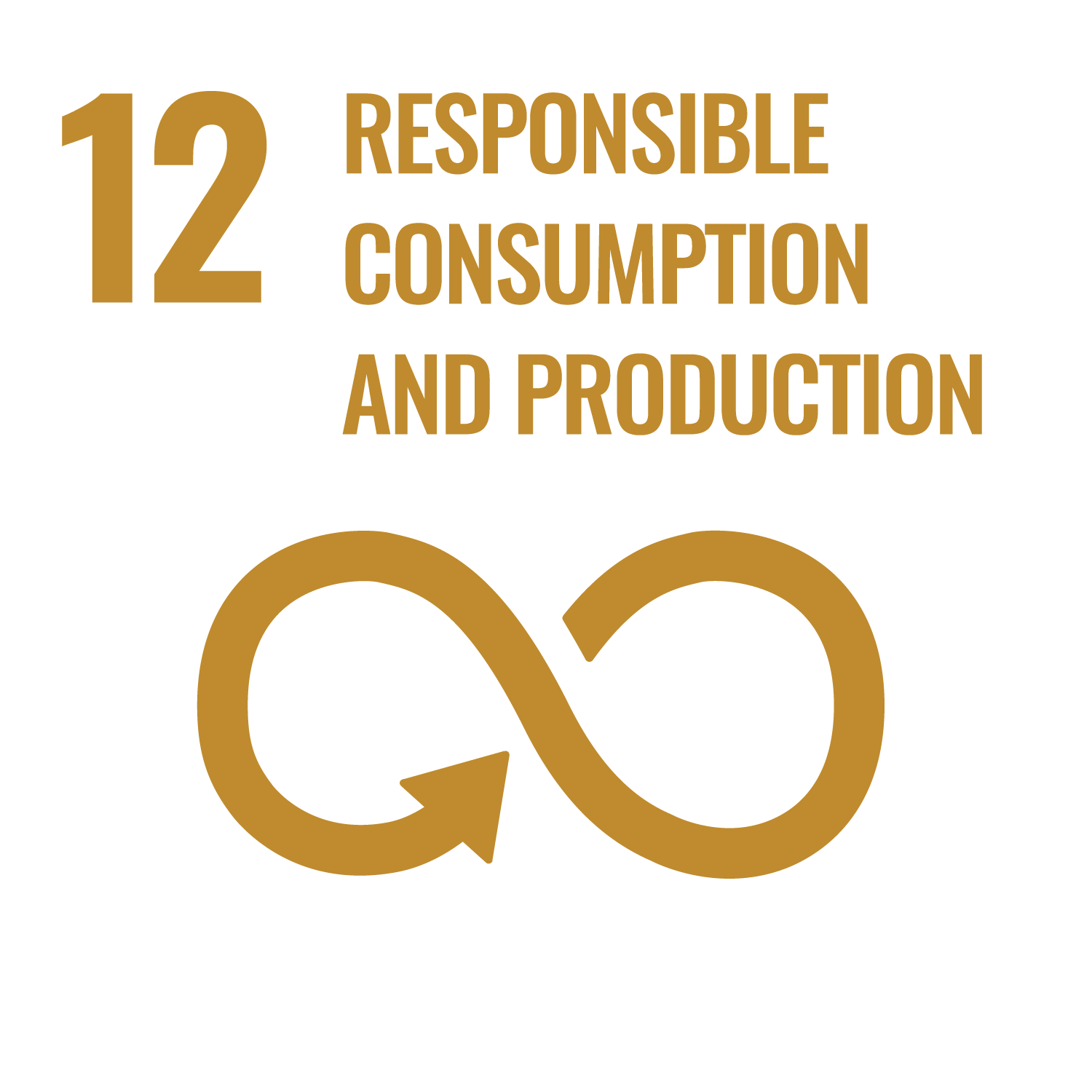
Due to growing inequality in emerging economies, sustained growth in the United States, and increasingly globalized supply chains, global consumption and production patterns threaten to outstrip Earth’s capacity. SDG 12 calls on the world’s consumers and businesses to integrate sustainability into their decision-making. Fair Trade Certified gives consumers the opportunity to bring their values to their purchases and supports companies that have committed to source Fair Trade products.
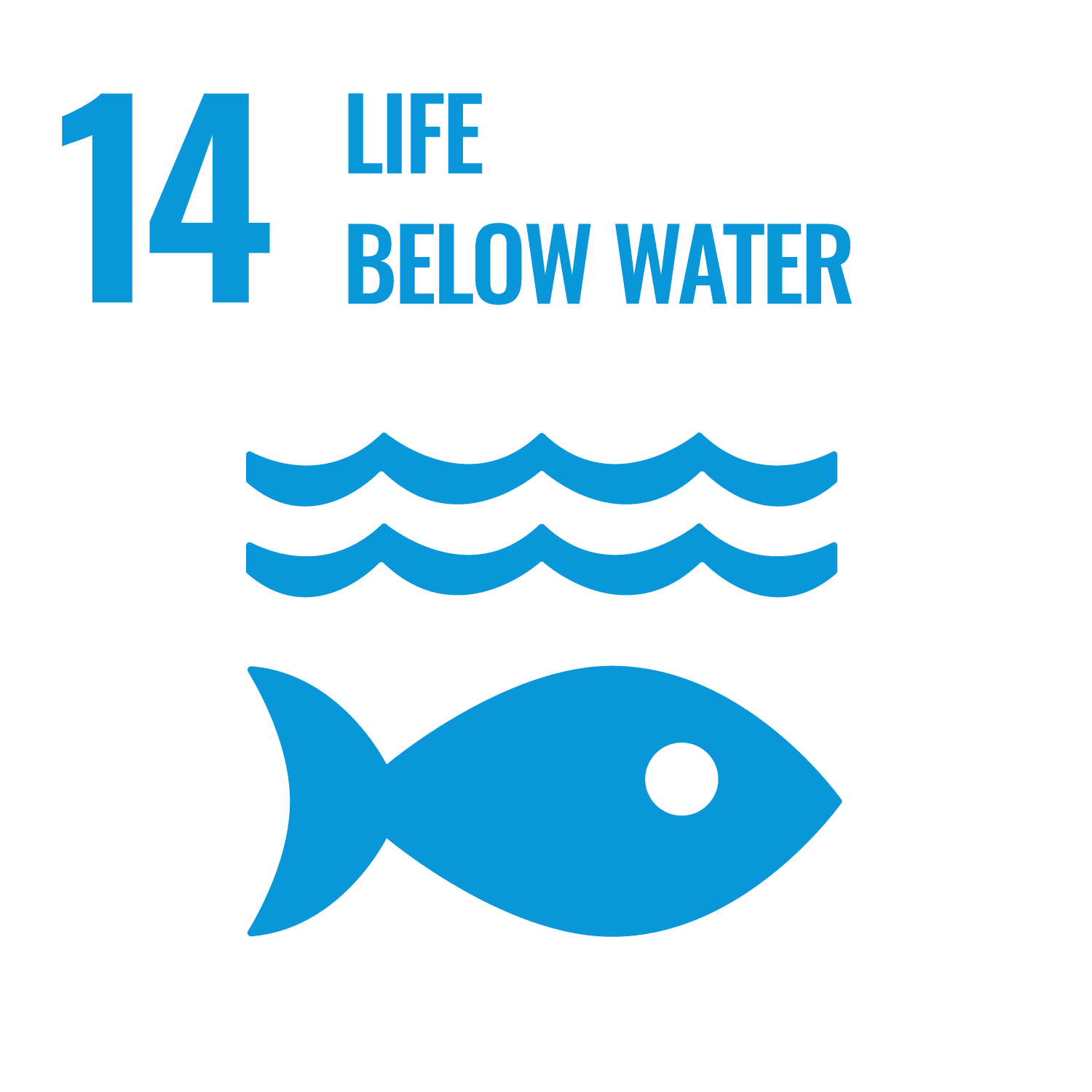
Fair Trade Certified directly influences SDG 14 through our Capture Fisheries Standard. In our seafood program, we use an integrated approach to certification that takes into account the well-being of fishers. We recognize that it is critical to protect the natural resources that make up the fragile marine environment in order to protect the fishers and workers who rely on it for their livelihood.
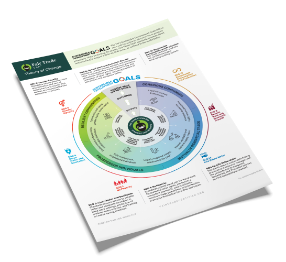
The SDGs and our Theory of Change
This infographic visualizes how our contributions to the SDGs are foundational to our organizational strategy and Fair Trade Certification. Learn more on our Theory of Change page.